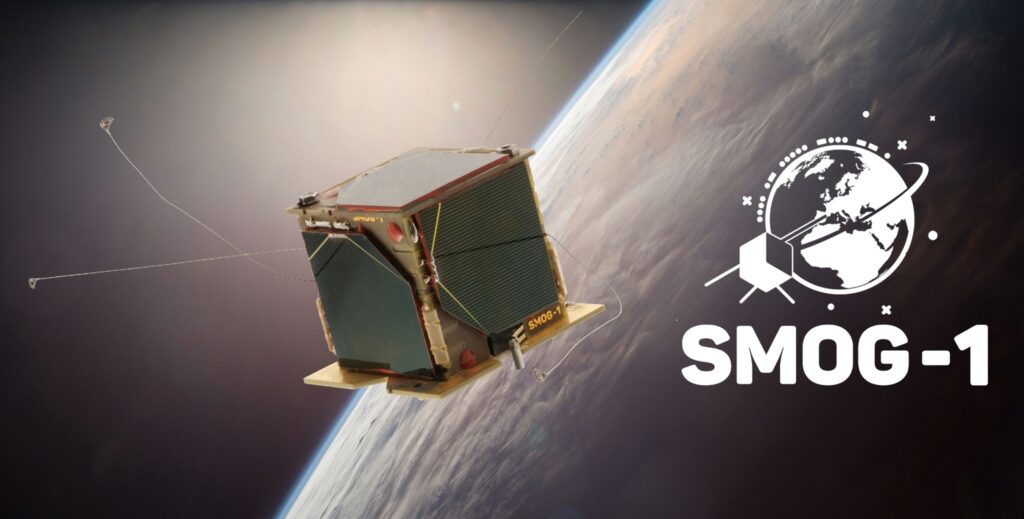Frugal Radio: Review of our RTL-SDR Blog L-Band Patch Antenna
Over on YouTube Rob from Frugal Radio has uploaded a video reviewing our new L-Band Patch antenna which we released for sale late last month. The patch is currently on a release sale for US$44.95 including free standard airmail shipping to most countries. We will be ending the sale this Wednesday at which point the price will go to US$49.95, still with free standard airmail shipping to most countries. The patch can be purchased from our web store at www.rtl-sdr.com/store.
In the video Rob demonstrates the patch receiving Inmarsat signals strongly, and decodes a few AERO signals using JAERO. He shows that the patch works on any RTL-SDR with bias tee capability as well as an Airspy Mini. Lastly he compares the unit against the SDR-Kits patch.
We note that we are also supplying a kit for a giveaway to Frugal Radio subscribers that we will announce in an upcoming video coming out a few days time.
UPDATE: Giveaway information now available in the latest video below.


